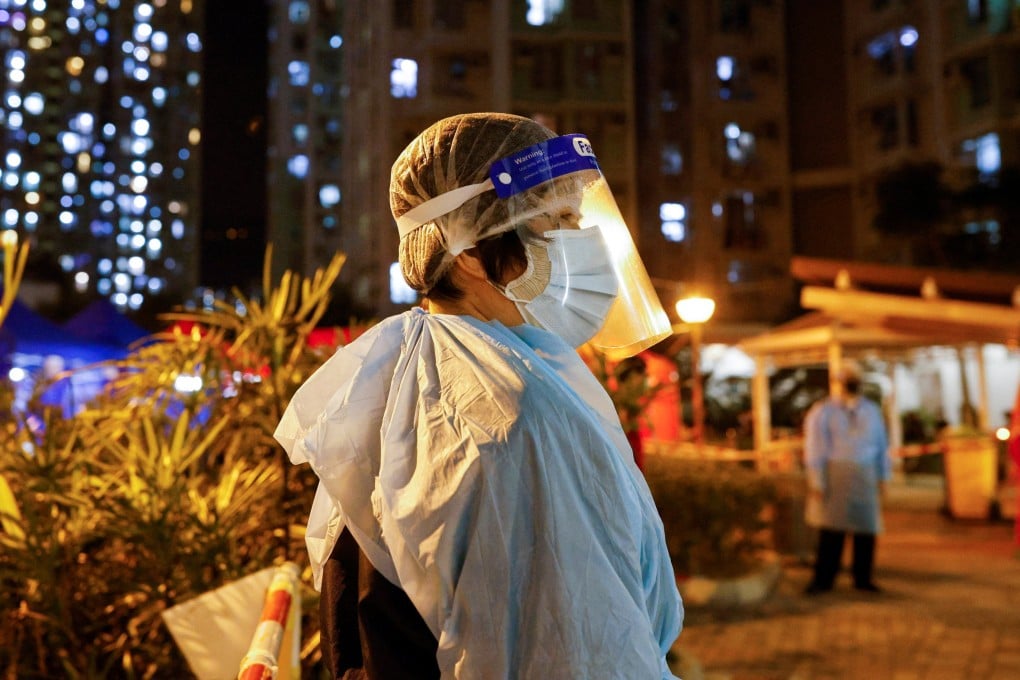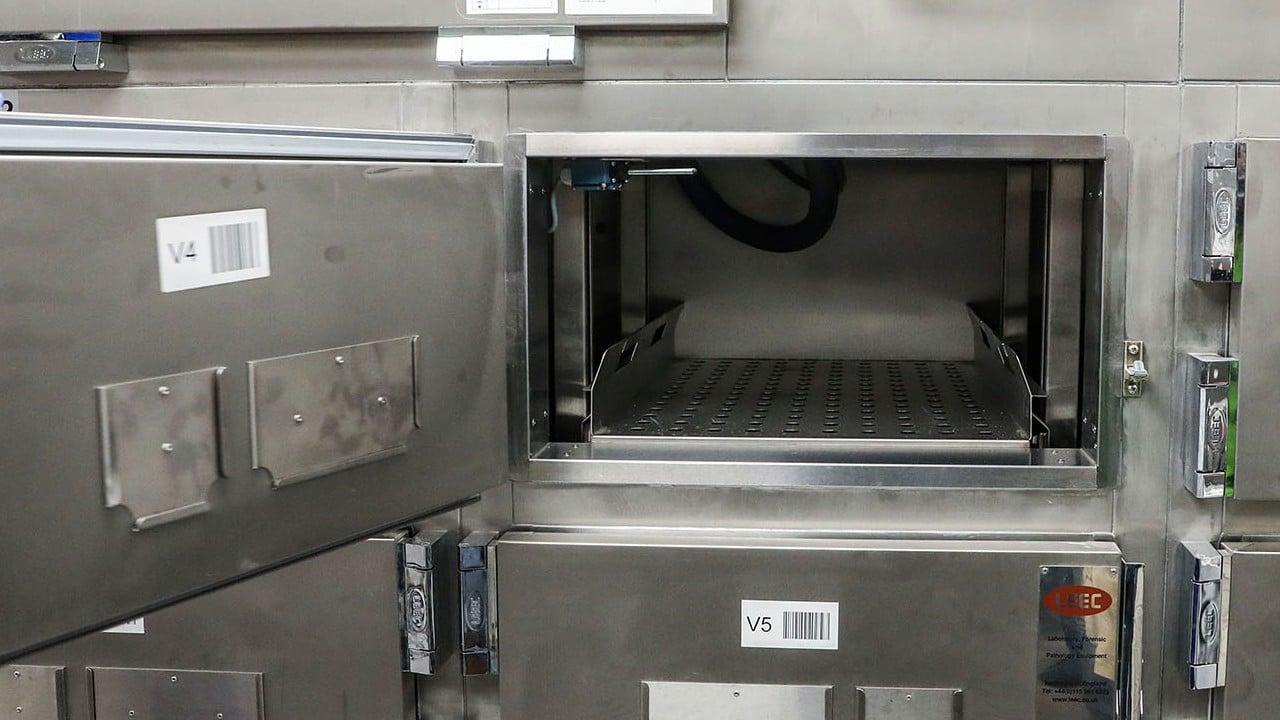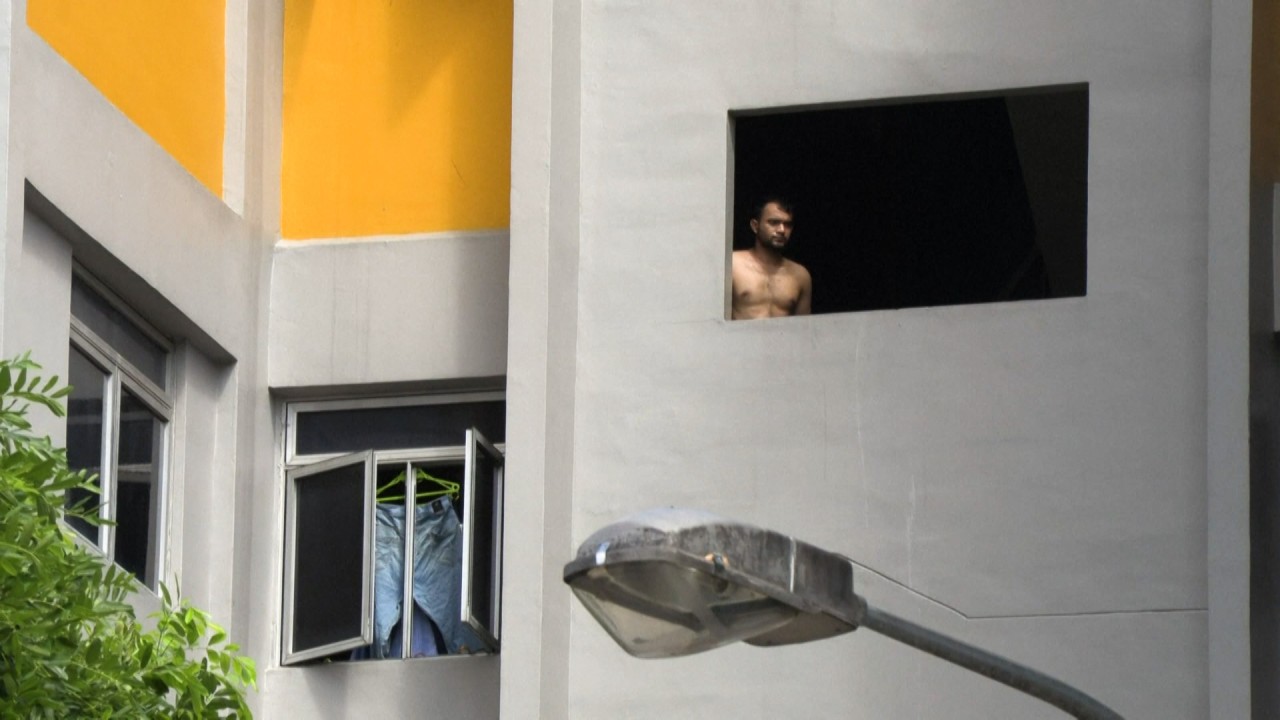Advertisement
As Hong Kong battles Omicron, a look at Asia’s lockdowns: from Singapore’s ‘circuit breaker’ to Malaysia’s MCO and the Philippines’ ECQ
- Malaysia enacted a ‘movement control order’ to stop the virus from spreading in March 2020, while Singapore imposed a ‘circuit breaker’ lockdown in April 2020 after cases surged in its migrant worker community
- The Philippines had one of the longest and strictest lockdowns over two years, while India’s economic shutdown prompted an exodus of migrant workers returning to their hometowns
Reading Time:6 minutes
Why you can trust SCMP
32

Hong Kong residents are clearing out supermarkets and pharmacies, and streets are deserted amid fears of a lockdown by the authorities to carry out mandatory Covid-19 testing later this month.
Advertisement
While the city managed to keep cases low due to restrictions including social distancing and masking, spiralling infections from an Omicron outbreak has left the health system struggling. Health authorities confirmed a record 55,000 new infections on Wednesday, while the death toll stood at 1,182.
As Hong Kong mulls stay-at-home restrictions, here’s a look at what the lockdowns in other places in Asia looked as they battled infections from the Delta and Omicron waves.
Singapore
The city state went into a lockdown on April 7, 2020. Billed by the government as a “circuit breaker”, it was meant to last four weeks until 4 May. But with infections still mounting, the government extended the lockdown for another four weeks until June 1, 2020.
The lockdown was called in response to infections sweeping through Singapore’s low-wage migrant population, 230,000 of whom lived in crowded dormitories, and also rising infections within the general population because of returning citizens carrying the virus back with them. Infections had grown from just 102 cases as of February 29 to 1,000 by April 1.
During the lockdown, people had to work from home, they weren’t allowed to visit other households and could only go out for groceries or outdoor exercise. There was no dining in, gyms, malls, hair salons and cinemas were closed and life came to a standstill for the usually densely packed city. Only essential services like food delivery, newspapers and health care were allowed to operate as usual.
The lockdown did help suppress infections in the general population. By the end of the eight weeks, there were fewer than 10 of those infections a day compared to almost 50 cases a day at the start of the lockdown. Dormitory infections remained high and those workers continued to have their movements restricted even after the lockdown ended.
Advertisement

Advertisement

